Photographs of Cullen’s enviable coastal location with picturesque views looking over the Moray Firth are some of the most stunning in the north-east – but it hasn’t always been that way.
For at least six centuries the town had been about a mile further inland and was nowhere near the sea.
That was until the entire community was demolished and rebuilt in its current location 200 years ago.
The story of the upheaval in Old Cullen and its move to its current site has largely been forgotten for generations.
However, now a fresh light is being shone on how the Moray community was changed forever in a stunning new model and exhibition in the town.
- The Press and Journal spoke to those behind the model from the Cullen, Deskford and Portknockie Heritage Group to learn about the reasons behind the move of Old Cullen.
- What is left of the bustling community today.
- What life was like for the people who lived and worked there.
- And how popular the move from Old Cullen was with the residents.
Why was it decided to move Old Cullen?
The earliest records of Cullen as a community date from 1236 and 1275 with mention of the Auld Kirk.
Parishioners garnered praise from Robert the Bruce when his wife Elizabeth de Burgh died during a visit to the town in 1327.
The king was so moved by the care they took of her body that he ordered money, the equivalent of £2.10 today, be paid to the church every year– a fund the kirk continues to receive to this day.
By the time Robert Burns visited Old Cullen in 1787, the community was in decline.
During a tour of the Highlands and north-east coast the Bard wrote “the country is sadly poor and unimproven” while bemoaning the condition of the houses and crops.
And it was around this time that dignitaries and land owners in Cullen started planning the move from the old to the new. Similar planned communities were also built in Keith and Dufftown around the same time.
Heritage group member Steve Liley said: “Cullen was literally described at the time as a dirty and smelly little town.
“The main complaints were from the Earl of Seafield. He’d had enough of the noise, mess and traffic on his doorstep at Cullen House.”
Member Pete Mason added: “There was also running water and sanitation, which they hadn’t had before. So even though they were moving, this was essentially an upgrade.”
Map shows where Old Cullen was compared to the current town.
What is left of forgotten community?
The Auld Kirk in Cullen was the focal point of the former community and it is the only meaningful part of it still standing today.
Research by the heritage group has established that the village stretched out with a single main street either side of the church.
Part of a wall from the former Tolbooth remains next to the kirk as well as the outline on the cemetery walls of where the grammar school stood.
The market cross that stands in Cullen’s square today was taken as part of the move from the old town, initially standing on Castle Hill before taking up its current location.
Meanwhile, a coat of arms on the former town hall is also believed to have been moved to the new community.
Otherwise, almost every trace of Old Cullen has been lost to the passage of time with no definitive record of what happened to the homes that were demolished.
It is believed rubble from the demolition could have been used to build the Ivy Dyke in the town, which is just yards from where the homes once stood.
How did Cullen residents feel about the move?
Nobody knows for sure, but the Cullen, Deskford and Portknockie Heritage Group believes opinions were likely divided.
On the one hand residents were being offered homes that in practical terms were better than the ones they already had.
However, on the other, they were being forced from the community where they lived and worked as had their ancestors before them.
Despite having no definitive answers, the heritage group believes there are clues in historical records they’ve uncovered.
Mr Liley said: “We don’t know how they felt, it’s perhaps telling though that the move is never mentioned in the town council minutes until a retrospective mention in 1880, more than 50 years later.
“This was the biggest thing to happen to Cullen, so it’s unusual there’s no record of it being discussed.
“The first census data we have is from 1841 and it contains some names that moved, but not all. Why is that? We don’t know.”
Why did the Auld Kirk in Cullen not move?
Initial drawings for New Cullen included a church at The Square. It obviously was never built, so what happened?
Again, nobody knows for sure, but it is believed it could provide an insight into how locals were feeling at the time.
Obviously there would have been implications for the graves in the cemetery and how loved ones would feel about that.
The historic connection to Robert the Bruce was long-established by the 1820s.
And heritage group members believe the historic church remaining was a sign of the residents “digging their heels in”.
Group president Brenda Wood said: “The people of Cullen feel very passionate about their church, that continues today.
“It’s been there since 1216, so it had been there for a long time even when the move happened.
“I think people said ‘No, this is our church. It belongs to the community, it’s our families that are buried there.’
“I think people could have fought to keep it there.”
How Old Cullen was recreated
Cullen, Deskford and Portknockie Heritage Group recreated all 226 homes from the former community thanks to a book, Reminiscences of the Old Town of Cullen, written in 1882.
Historian William Cramond visited the new community and interviewed those who had lived through the move.
He wrote down their memories, what their jobs were and even drew painstaking plans of the town – accurate to the point he noted who lived in which property.
Enthusiasts took his writings and embarked on the massive challenge of recreating a community gone from living memory.
Retired Florida firefighter John Czajkowski, whose wife is from Cullen, then created the stunning models before shipping them from the US.
Meanwhile, Cullen volunteers created the landscape surrounding the buildings to bring them to life.
The result is a huge 14ft model that stretches across the main room inside the Heritage Centre alongside a wealth of information discovered through research.
And the volunteers are not finished yet with plans to add Cullen House and more surrounding land where the residents worked, including the Tochieneal brick and tile works, in future years.
What life in Old Cullen was like
Like many communities of the time, Old Cullen was entirely self-sufficient.
There was a school, post office, three inns and a tollbooth which housed the local prison, which descended into such poor repair that inmates were able to escape through holes in the roof.
The writings of William Cramond include tales from townsfolk, including how the postwoman Ann Williamson receive a half penny for every letter she delivered, but a full penny for those delivered slightly further away in Seatown.
It tells of how one person discovered footprints in snow outside his house from passengers who landed on his roof after the mail coach overturned.
And how one man Alex Knight tried to sell a cow at market but admitted the animal had “faults”, before inevitably returned home with the cow.
Volunteers also unearthed prices for the Boar’s Head, which was one of the inns in the town.
Included among the many items available for purchase was hay for the horses, oysters and “entertainment for the servants”.
Cullen, Deskford and Portknockie Heritage Groups exhibition about the move from Old Cullen is available to view at the Cullen Heritage Centre at The Square.
It is open Thursdays to Tuesdays 10.30am to 4.30pm, and closed on Wednesdays and the first Monday of the month.
Read more from Cullen
- Robert the Bruce died 700 years ago… But he’s still paying the Cullen church every year
- An improvement to a ‘horrendous’ building or a ‘monstrosity’? Cullen reacts to dinosaur sculpture being here to stay
- Visit these 6 places for the best Cullen skink in Moray
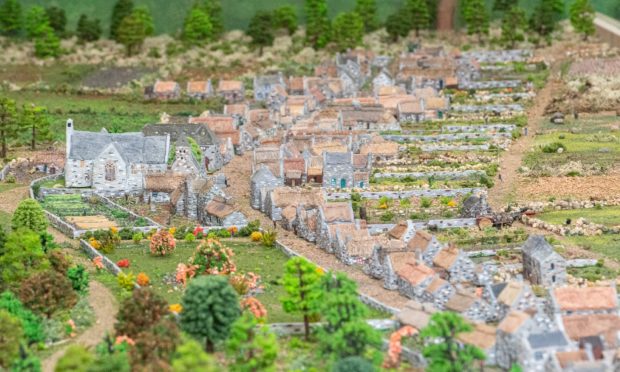
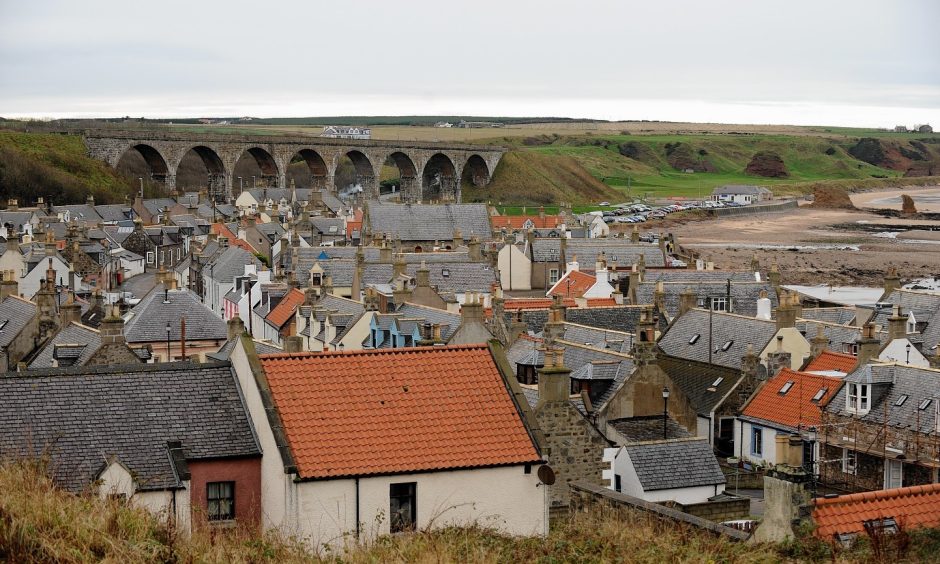
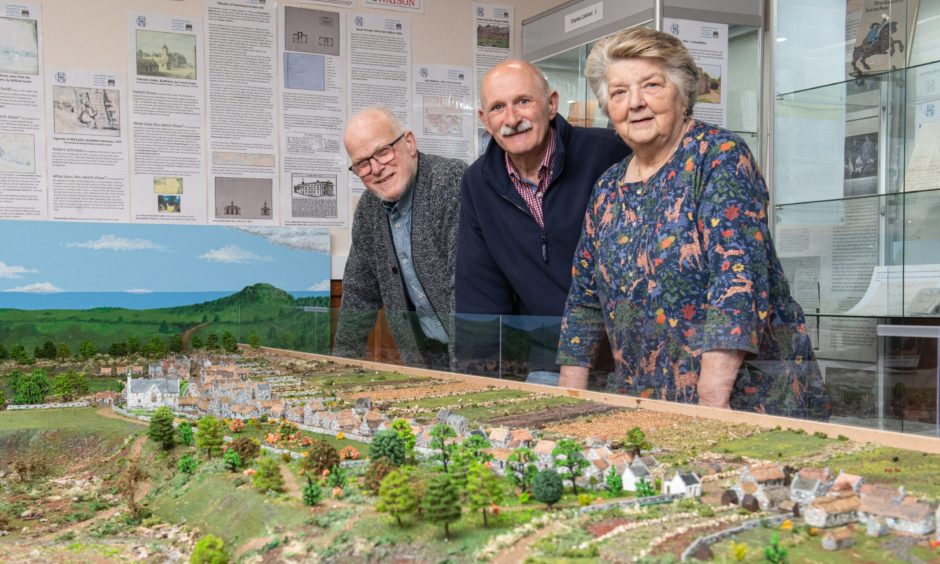
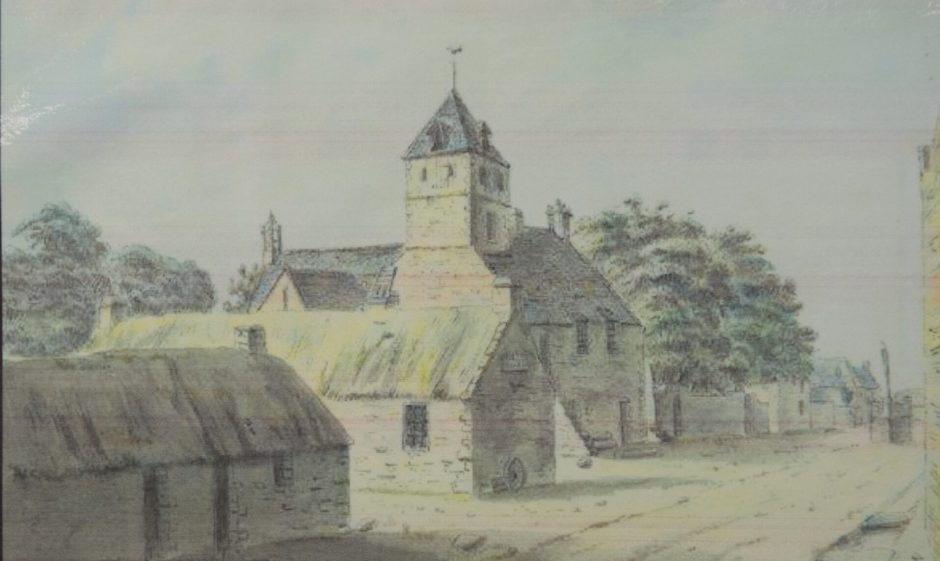
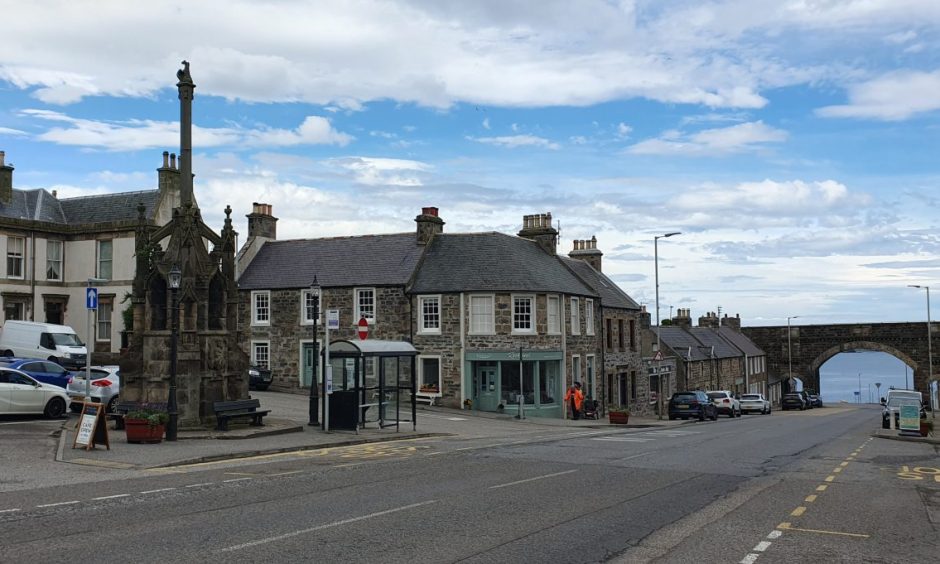
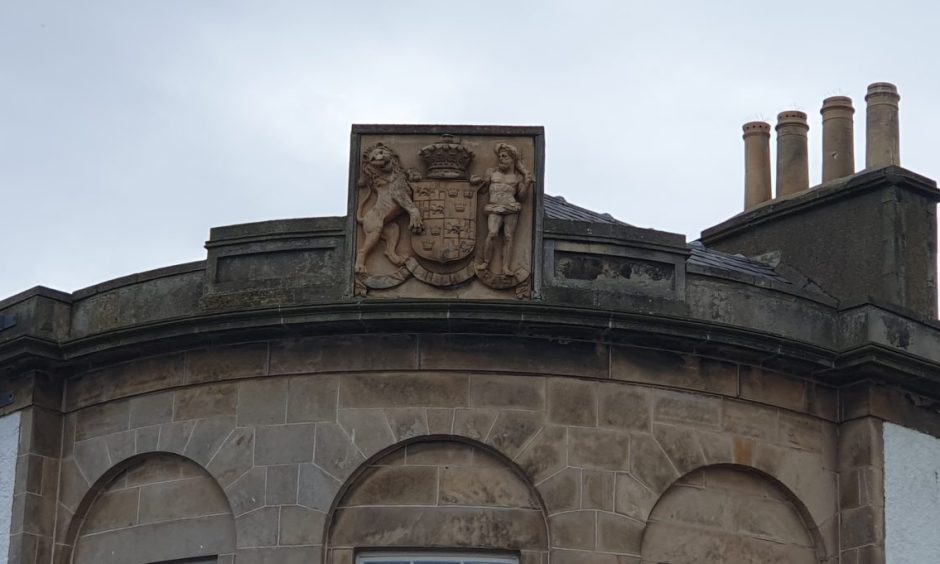
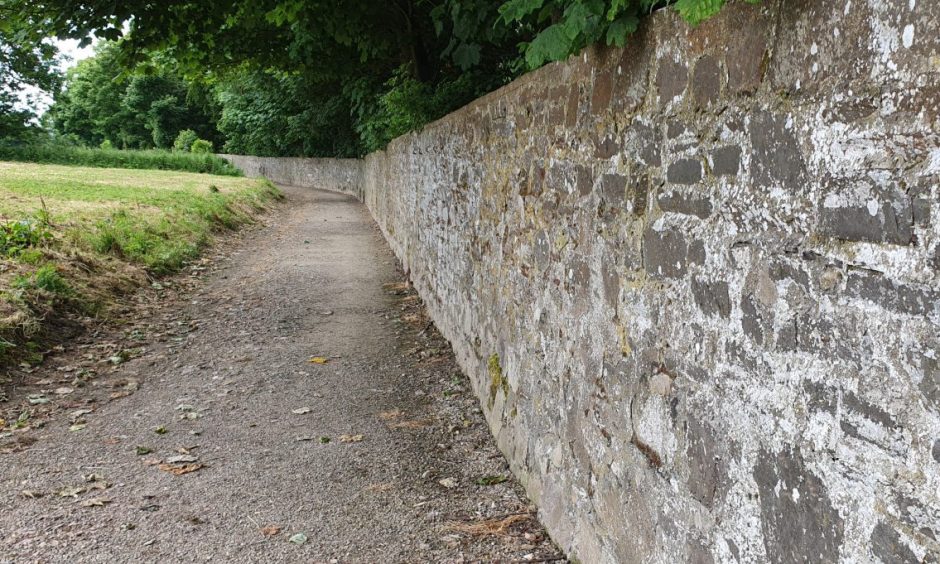
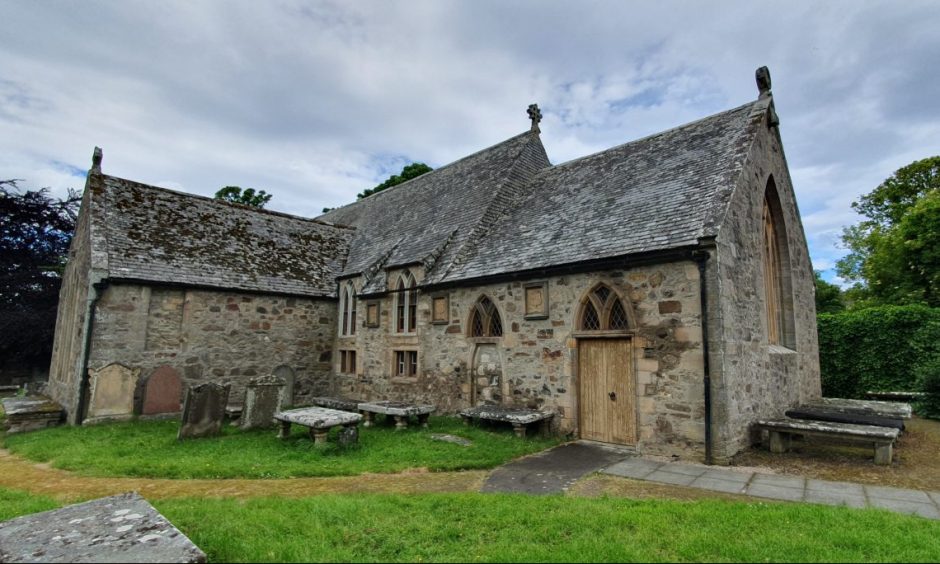
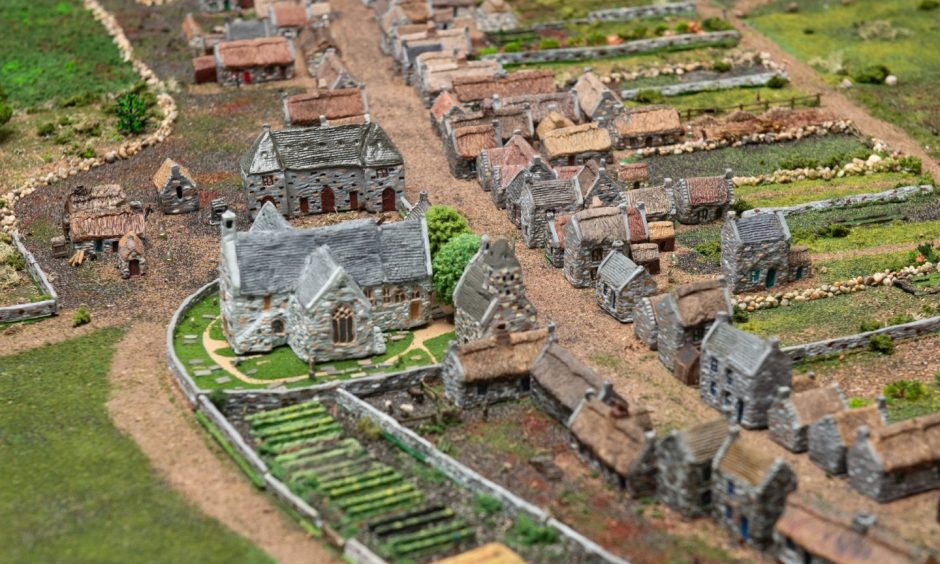
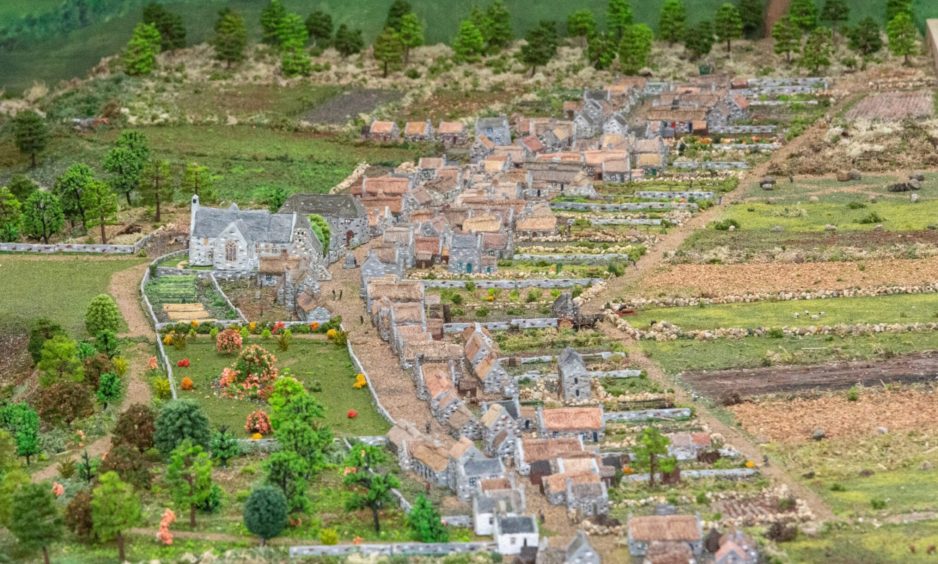
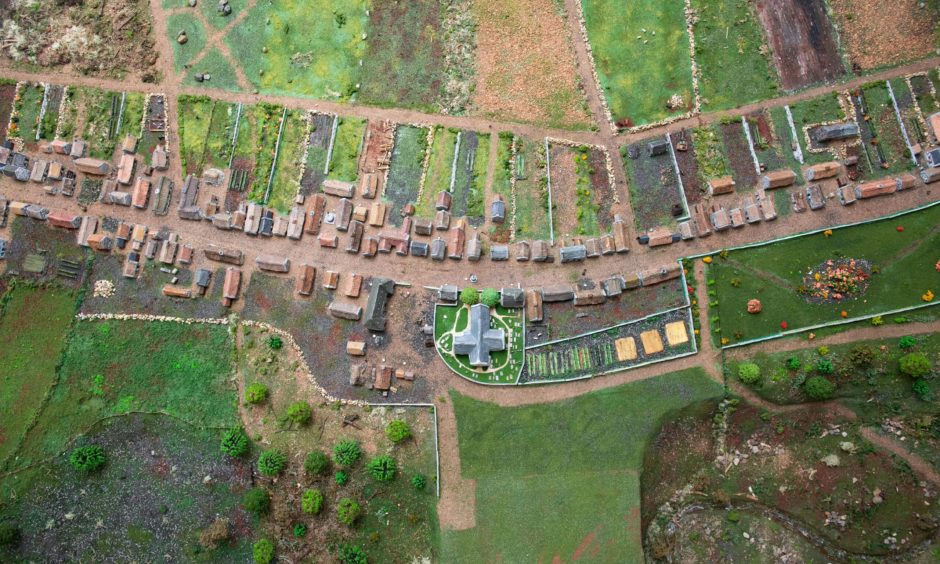
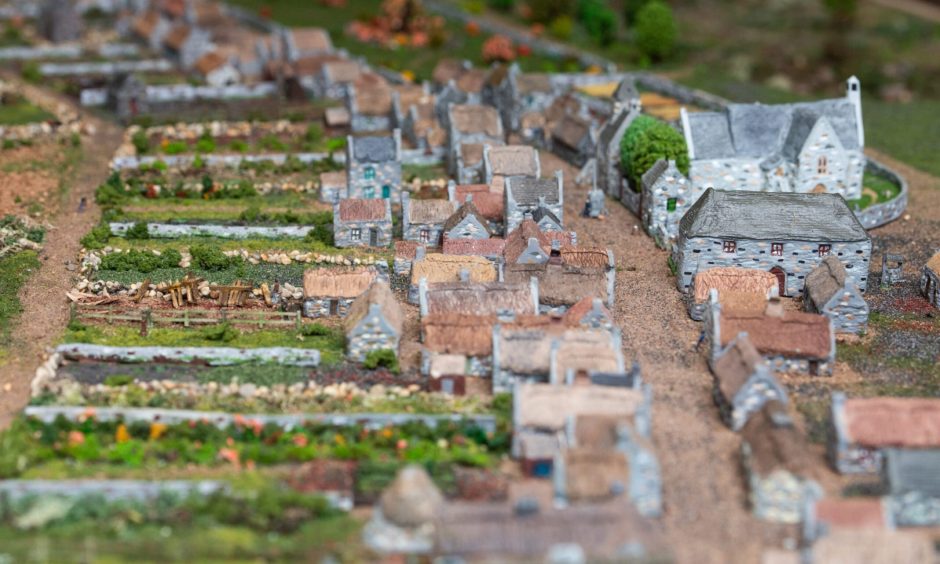
Conversation